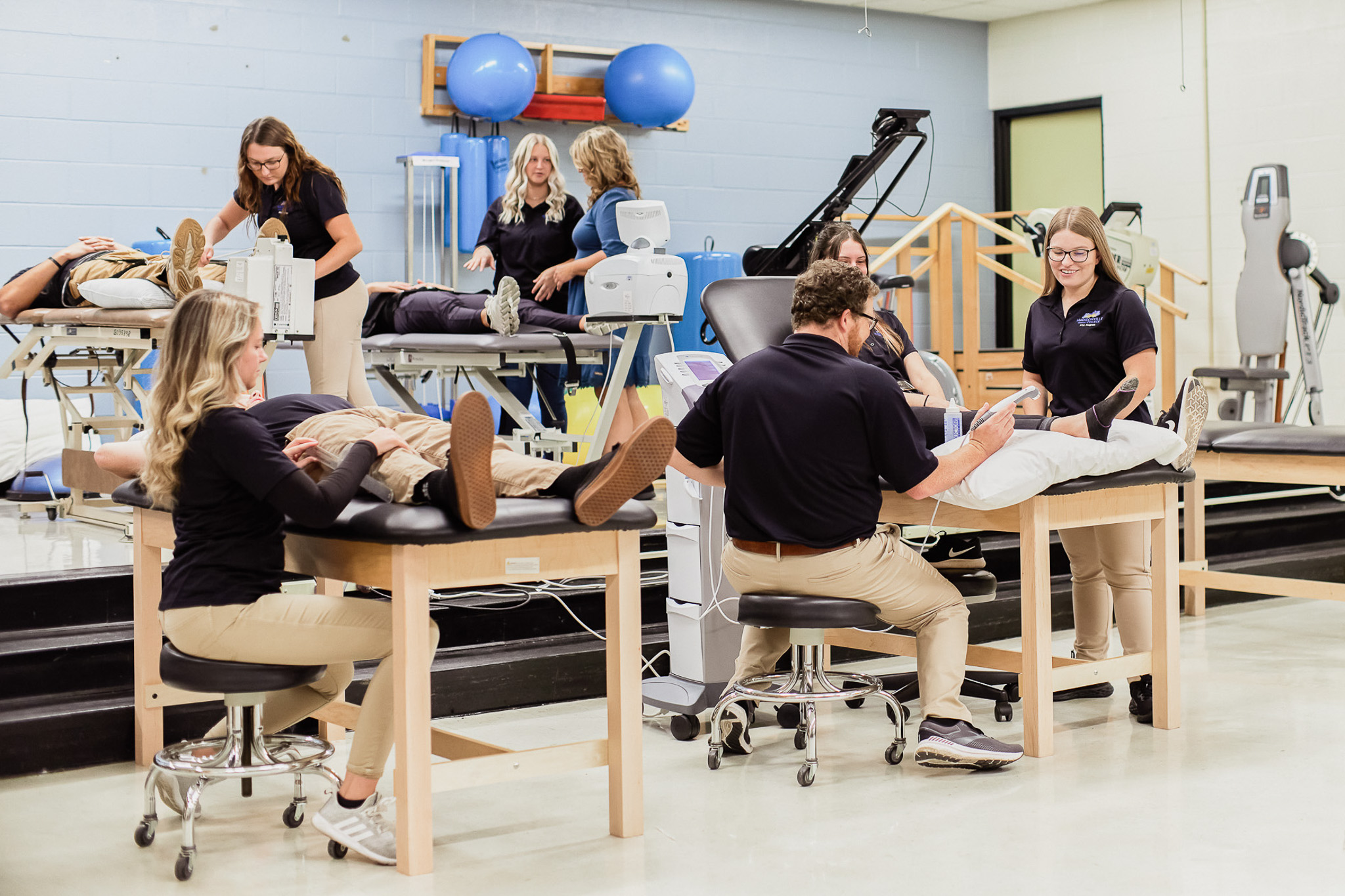Improving Your Own Movement Capacity Regimen using Targeted Trigger Point Therapy Methods
Foam rolling serves as an important technique which can significantly boost a individual's flexibility program. It involves using a round foam roller to exert pressure to specific regions of the body. This technique is known as SMR, which aids in alleviating muscle tightness and enhances overall flexibility. Many athletes and exercise participants incorporate foam rolling into their pre-exercise routine and recovery routines to condition their muscles for activity and aid in rehabilitation subsequently. Knowing how to use foam rolling effectively can result in better performance and a lowered risk of physical setbacks.To start, it is crucial to choose the suitable foam roller. Foam rollers come in different densities and dimensions. A softer foam roller is ideal for new users or those with sensitive muscles, while a high-density roller can provide more intense pressure for more seasoned users. The overall dimensions of the roller should also be considered; full-length rollers can be effective for broad regions, while shorter ones are better for targeting precise spots. Once the most suitable roller is chosen, individuals can begin to integrate foam rolling into their training plan effectively.
When using a foam roller, it is important to focus on deliberate movements. Rolling over tense areas too fast can cause discomfort and may not provide the intended benefits. Instead, individuals should roll slowly over each muscle group for half a minute to two minutes. This allows the muscles to relax and helps to release knots and areas of tension. Focused breathing while rolling can also enhance relaxation and effectiveness. Targeting major areas such as the lower legs, thighs, rear thighs, and back can lead to noticeable improvements in flexibility.

Additionally, combining self-myofascial release with flexibility exercises can maximize flexibility benefits. After using the mobility tool, it is beneficial to perform static stretches on the same muscle groups that have been targeted. This approach helps in stimulating blood flow and enhancing the range of motion in those muscles. For example, after rolling the hamstrings, stretching them site link by executing a toe-touch stretch can further enhance flexibility. Incorporating these techniques into a regimen ensures that muscles are both relaxed and lengthened.
Finally, routine application is key when it comes to self-myofascial release and improving flexibility. Incorporating foam rolling into a regular routine can provide long-term benefits. It is advised to spend at least 10 minutes a few times a week focusing on different muscle groups. By establishing foam rolling a regular habit, individuals will likely see positive changes in their flexibility over time. This strategy not only readies the body for physical activity but also contributes to recovery and maintenance of overall muscle health, making it an invaluable addition you can try these out to any fitness regimen.